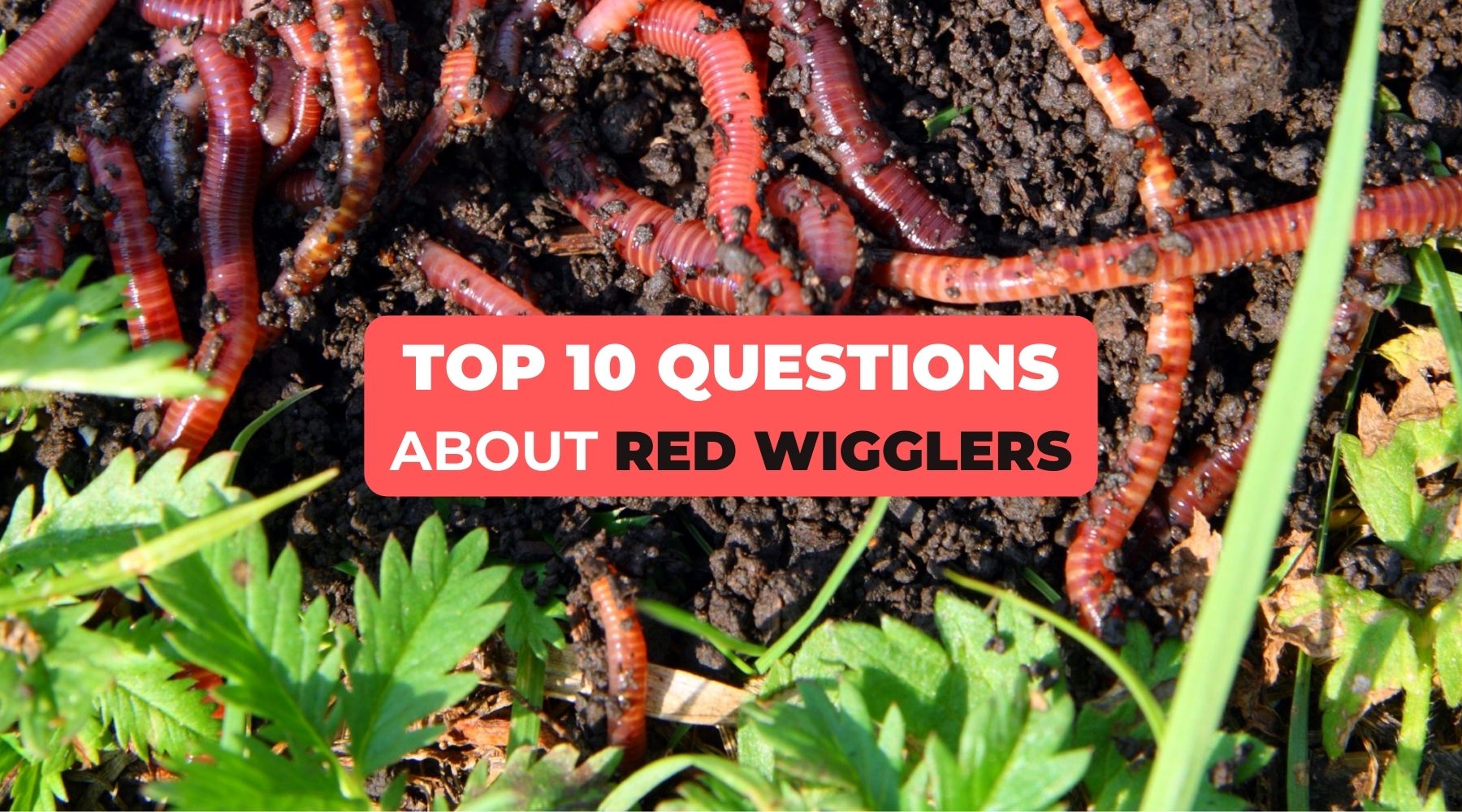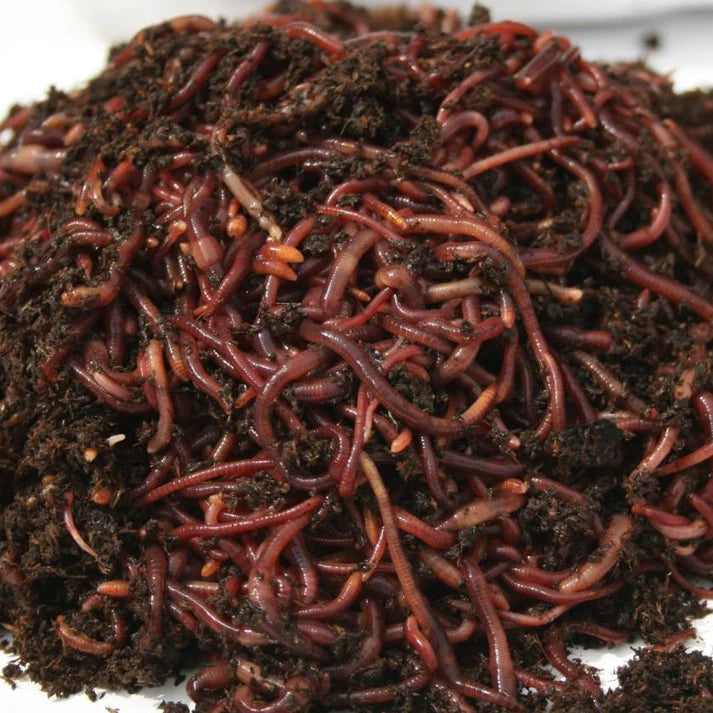The Best Strategy To Use For Red Wiggler Express
Red Wiggler Express Can Be Fun For Anyone
Table of ContentsRed Wiggler Express Things To Know Before You BuyThe smart Trick of Red Wiggler Express That Nobody is Talking AboutExcitement About Red Wiggler ExpressFascination About Red Wiggler Express
With the global press for sustainability and with environment-friendly methods expanding in appeal, people are finally coming about and acknowledging the ecological benefits of red wiggler worms and composting. In this post, we'll review exactly how vermicomposting sustains lasting horticulture and the ecological advantages of red wigglers and various other earthworms.
This is the short of it. If you intend to review thorough about red wiggles, we have a whole post dedicated to them here. Currently, allow's get into the fundamentals of just how these worms support lasting gardening techniques and profit the setting: Worm composting is like a health spa day for your soil.
When integrated right into your garden dirt, these spreadings boost its structure, aeration, and water retention. This assists with plant growth and health and wellness and does not require using any chemicals. Did you understand that organic waste comprises a substantial section of landfill material? And decaying natural waste in land fills develops big amounts of landfill gas (LFG), which is included about 50% carbon dioxide and 50% methane a greenhouse gas about 28 more powerful than CO2.
By diverting your kitchen area scraps and yard waste into a worm composting bin, you're successfully lowering the quantity of natural waste that winds up in landfills. It's a win-win scenario for your garden and the planet. Neglect regarding chemical plant foods worm castings are the actual deal. They're chock-full of important nutrients like nitrogen, phosphorus, and potassium.
Red Wiggler Express Fundamentals Explained

Mix the nutrient-rich worm spreadings into your garden soil or use them as a leading clothing for potted plants. In a world where sustainability is becoming significantly important, red wigglers radiate as unsung heroes of gardening.
Composting may feel like old news, yet doing it with a bin full of worms possibly doesn't. Red wiggler worms use great benefits to the natural garden enthusiast, creating both an all-natural plant food and an efficient pesticide. And they eat your cooking area scraps. The worth of red wigglers, a.k (Red Wiggler Express).a. Eisenia fetida, hinges on their waste matter, called worm spreadings.
Worm spreadings might be acquired at stores such as SBS in Winery Sanctuary or Winery Gardens in West Tisbury, however to raise the worms in a compost bed and harvest your very own spreadings is a lot more fun. The work of these worms is an element of lasting living. Red wigglers are native to equine manure, where they burrow to lay eggs.
The Best Strategy To Use For Red Wiggler Express
(http://relevantdirectory.biz/details.php?id=235348)They can't make a whole lot of it." He covers the container with straw, after that a piece of old rug. "They like the heat," he says. Lynn explains the production of spreadings and 2 usages: as a plant food and as a pesticide. "They digest decomposing matter. It travels through them and adds calcium to make this abundant planet," she states.
"We call it golden tea," says Lynn. "I did it to see if it would certainly make a difference on white flies and aphids. My rosemary had a mold and mildew or fungi. After I sprayed, promptly it looked much better." The red wiggler is a prodigious dog breeder, laying eggs as typically as once a week.
It takes three to five months for a child worm to get to sexual maturation and the adult size of three inches. Their life expectancy is 4 to five years unless of program they are used for bait. As freshwater fish lure, wigglers wriggle on the hook and survive underwater longer than traditional earthworms.

As one of the Epigeic class of compost worms, the usually does not show up in soils. Rather, it grows within the dirts of ground covers, manure, and breaking down plants. The worm is red or reddish-brown in color and has a smooth, round shape. The clitellum, or saddle-like reproductive gland, is situated about two-thirds of the way down the worm's body.
A red wiggler worm can mature to four inches in size yet is generally only about two and a fifty percent inches. The worm has a small mouth situated at the front of its head. It additionally has small bristles, called setae, which help the worm relocation and anchor itself to surface areas.
